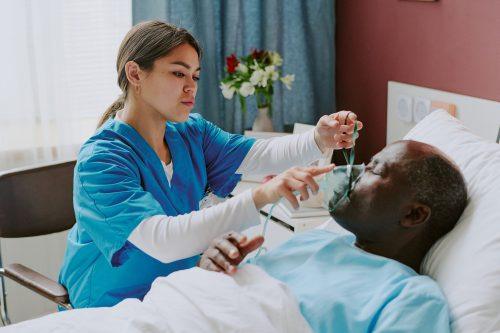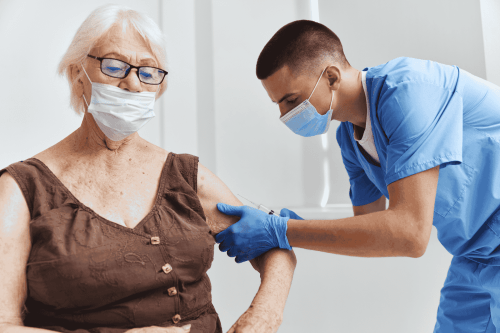Amidst the COVID-19 pandemic, there has been an influx of doctor burnout. A recent study published in the medical journal Mayo Clinic Proceedings found that physician burnout increased during the first two years of the COVID-19 pandemic following a six-year drop that ended in 2020.
Helping Doctors Through Extensive Burnout
In a press release, American Medical Association President Dr. Jack Resneck Jr. noted, “While the worst days of COVID-19 pandemic are hopefully behind us, there is an urgent need to attend to physicians who put everything into our nation’s response to COVID-19, too often at the expense of their own well-being.”
Starting in 2011, a study led by Dr. Tait Shanafelt, professor of medicine and chief wellness officer at Stanford Medicine in California, has tracked the wellbeing of doctors and professionals across all other industries in the US. This study would take place over three-year intervals. The end of 2021 to early 2022, approximately 21 months into the COVID-19 pandemic, saw the addition of a second electronic survey that was exclusive to physicians.
The AMA released a statement indicating that in 2021, the prevalence of burnout among U.S. doctors was 62.8%. These numbers have increased from 38.2% in 2020, 43.9% in 2017, 54.4% in 2014, and 45.5% in 2011.
Some are saying that burnout in “U.S. physicians is now at the highest level on record.”
Before the Pandemic
Prior to the COVID-19 pandemic, the National Academy of Medicine (NAM) identified physician burnout as a national emergency and published a report in 2019 on solutions. NAM also highlights that burnout affected up to 54% of nurses, physicians, and medical students as well as up to 60% of residents.
According to the academy’s website, “Clinicians have been under increased scrutiny over the past two years due to COVID-19’s increased pressures on our health care system.”
Call for Action
U.S. Surgeon General Dr. Vivek Murthy raised the alarm earlier this year about what he called a national crisis on doctor burnout, which is made worse by the pandemic. In a release, Murthy stated that “the health of the country depends on the wellbeing of our health workforce.”
More than half of public health professionals reported experiencing signs of at least one mental health disorder, according to the surgeon general’s guideline. increasing levels of post-traumatic stress disorder (PTSD), anxiety symptoms, and depression as a result of the epidemic.
Strategy to Decrease Overall Doctor Burnout
The AMA Recovery Plan for America’s Physicians, which was issued in June to address the needs of physicians, contains five objectives to enhance professional wellbeing. According to the Association of American Medical Colleges, there will be a shortfall of up to 139,000 doctors by 2033 because demand for doctors would outpace supply. The execution of this new recovery strategy ought to serve as the cornerstone for improving overall professional well-being being and hopefully allow for an influx of new healthcare workers.
The plan aims to promote telemedicine, change Medicare pay, oppose “inappropriate scope expansions” by non-physicians, lower the burdens associated with prior authorization, as well as lowering physician fatigue and the stigma associated with mental health problems.
Get Certified
American Medical Compliance (AMC) is a leader in the industry for compliance, Billing and HR solutions. Learn how you can do your part in combating work stress and burnout today. Visit www.americanmedicalcompliance.com for more information.
References
Sudhakar, S. (2022, September 30). Doctor burnout reached ‘highest level on record’ during COVID, experts want action. Apple News. Retrieved October 27, 2022, from https://apple.news/ARfCTES8ETwSrvaamYfdj7g



